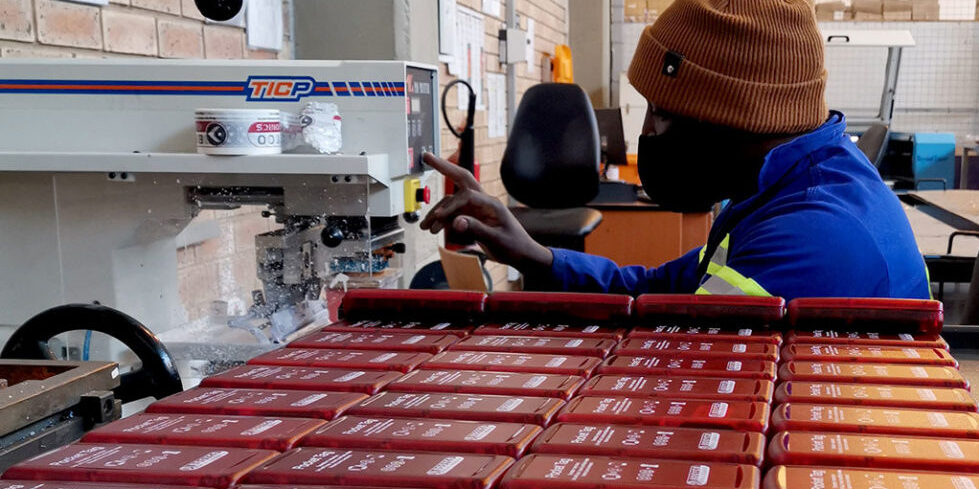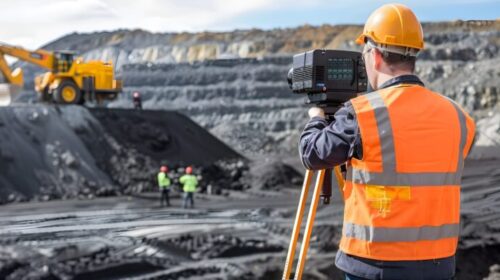BOOYCO CONTINUES TECHNOLOGY DRIVE DESPITE COVID-19
With its nationwide team of some 180 field technicians serving opencast and underground mines – by far the largest footprint among players in this field – the proximity detection specialist has remained hard at work. While supporting those coal mines that worked through Level 5 and Level 4, the company has also been assisting customers to ramp up to full production after the initial stoppage.

All necessary precautions were put in place at Booyco Electronics.
According to Booyco Electronics chief executive officer Anton Lourens, the lockdown has even given his engineering team some welcome breathing space for their technology development. With collision avoidance standards in mines becoming stricter, technology is responding rapidly.
“Our plans to grow our engineering team from 18 to over 30 experts this year remains on track, giving us added capacity to meet industry needs,” says Lourens. “Even under lockdown restrictions, this expanding team has continued its work on new features and functionality for our products.”
The move to the Level 4 lockdown allowed opencast operations to resume and underground mines to move to 50% production. Booyco Electronics was on hand to assist with the required pre-start inspections and equipment checks, which then accelerated with the relaxation to Level 3.
“While the lockdown restrictions were disruptive to everyone, we have learnt valuable lessons and increased our efficiencies over recent weeks,” he says. “This has left us stronger and better prepared to support customers in the field.”

Production at Booyco Electronics is going strong to meet customer demand.
Lourens says the company has not rushed to bring employees back to its offices in Level 3, taking the safer route of allowing only one third back in June. Where employees were not required to physically touch a product, they continued to be deployed at home.
“To date, we have used the lockdown as a valuable opportunity for training and refresher courses,” he says. “It has also been vital to communicate constantly with staff and entrench our safety procedures for future continuity.”
Lourens warns that the lost production on mines will mean heightened pressure on the correct implementation of collision avoidance strategies. The anticipation of tighter safety regulations had led many mining companies to target the end of 2020 for proximity detection upgrades.
“In these tough economic times – and with time lost due to Covid-19 – mines cannot afford to get it wrong when executing projects to apply these technologies,” he says. “Detailed planning will be vital in defining and implementing each mine’s specific collision avoidance solutions. The 2020 deadline may now in fact be very difficult for many mines to meet.”





